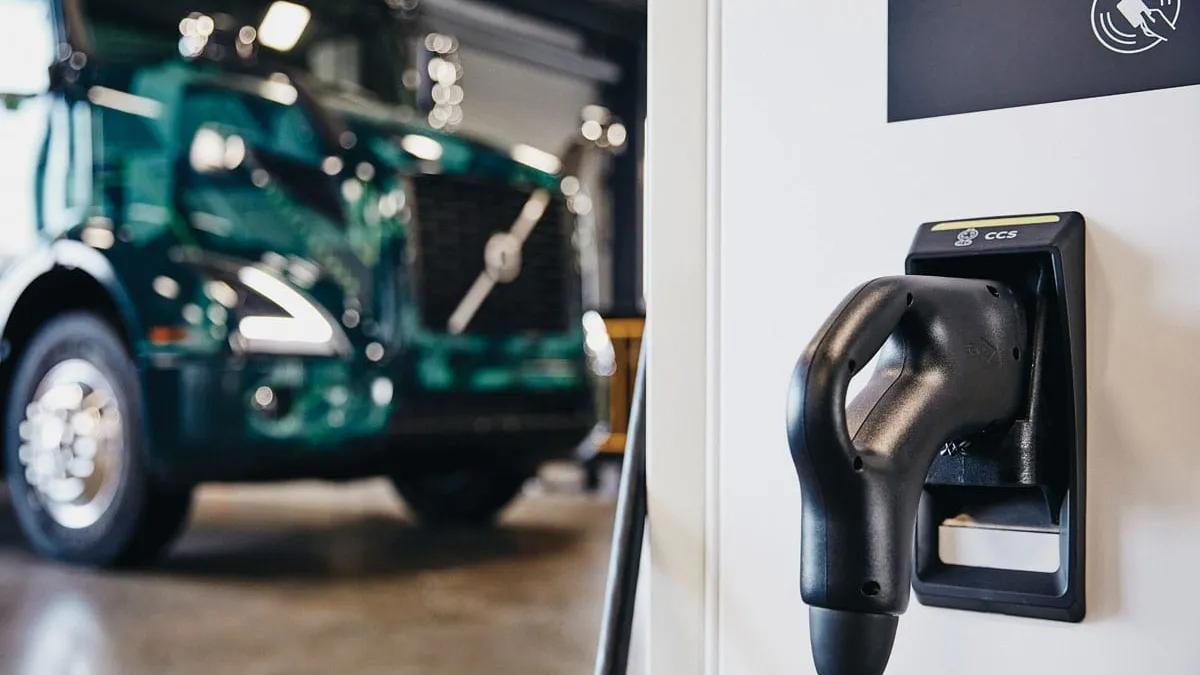Dive Brief:
- Xcel Energy on Tuesday filed electric vehicle charging proposals in Wisconsin and Minnesota, part of the utility’s expanded transportation vision that includes providing “infrastructure and energy” to power all vehicles in its eight-state service territory with “carbon-free electricity or other clean energy” by 2050.
- The new plan expands its 2020 proposal, which laid out a pathway to provide energy for 1.5 million EVs by 2030 and anticipated about 20% of all vehicles would be electric by that time.
- Xcel’s new transportation plan includes adding an estimated 750 high-speed charging stations in Minnesota and Wisconsin by 2026, strengthening an existing partnership with local electricians to install home chargers, and expanding programs and technology options for businesses that wish to offer EV charging.
Dive Insight:
Xcel’s long-term transportation strategy assumes all vehicles in its service territories will run on zero-carbon fuel by 2050, and the utility will provide the energy to keep them running.
“Electric vehicles are a key component of our comprehensive strategy to be a net-zero energy provider by 2050,” Xcel Energy Chairman, President and CEO Bob Frenzel said in a statement. The transportation sector is the largest emitter of greenhouse gas in the U.S. Frenzel said Xcel has reduced power sector carbon emissions by 50% since 2005.
Xcel’s plan has support from some conservation advocates. Jason Albritton, director of climate and energy policy at The Nature Conservancy, called it “an important step” that could “serve as an example to businesses from all economic sectors while spurring additional state and federal policy action to address the climate crisis.”
Clean Air Task Force President Armond Cohen said the utility’s zero-carbon transportation goal is “the type of ambitious commitment needed to decarbonize one of the highest emitting sectors of the economy.”
Xcel says its plan will save consumers money as well. Charging an EV during off-peak rate periods could save customers about $1 billion annually on fuel by 2030 compared with gasoline costs, the utility estimates.
President Biden has set a goal for half of all light-duty vehicles sold to be electric vehicles by 2030. The administration’s National Electric Vehicle Infrastructure formula program is preparing to disburse $5 billion to states to support the installation of 500,000 charging stations by that date. There is some debate among manufacturers and regulators whether reaching the 50% sales goal is feasible.















